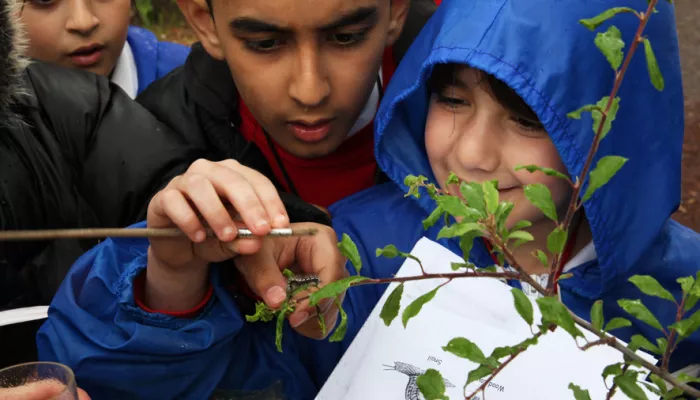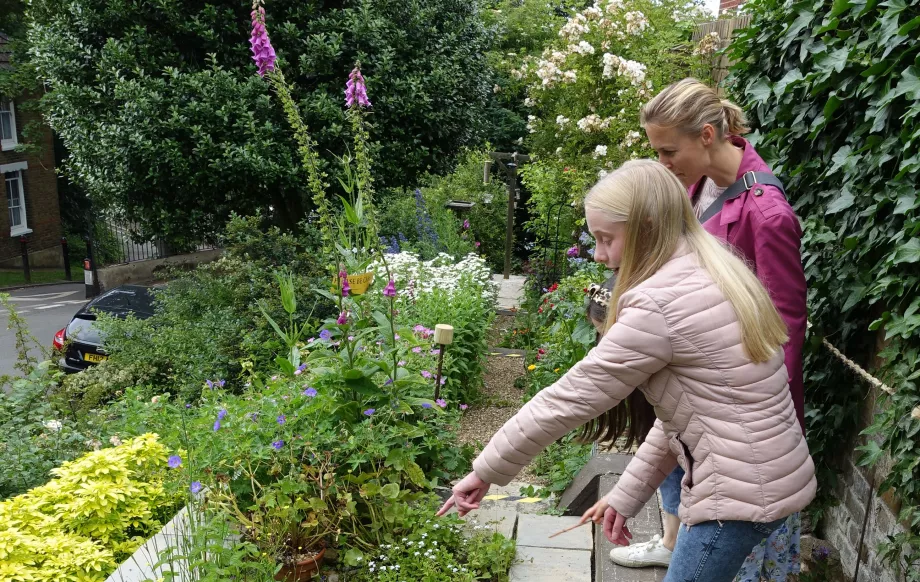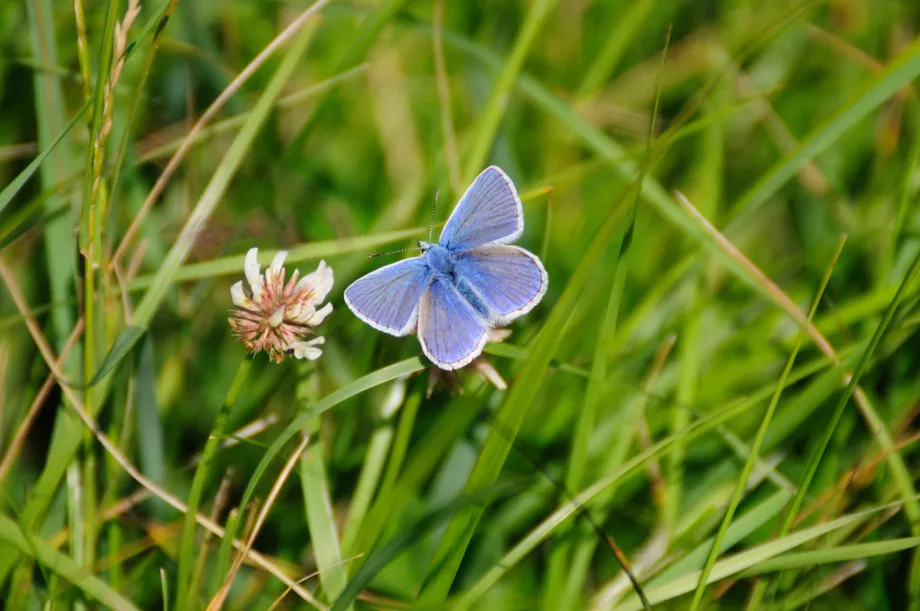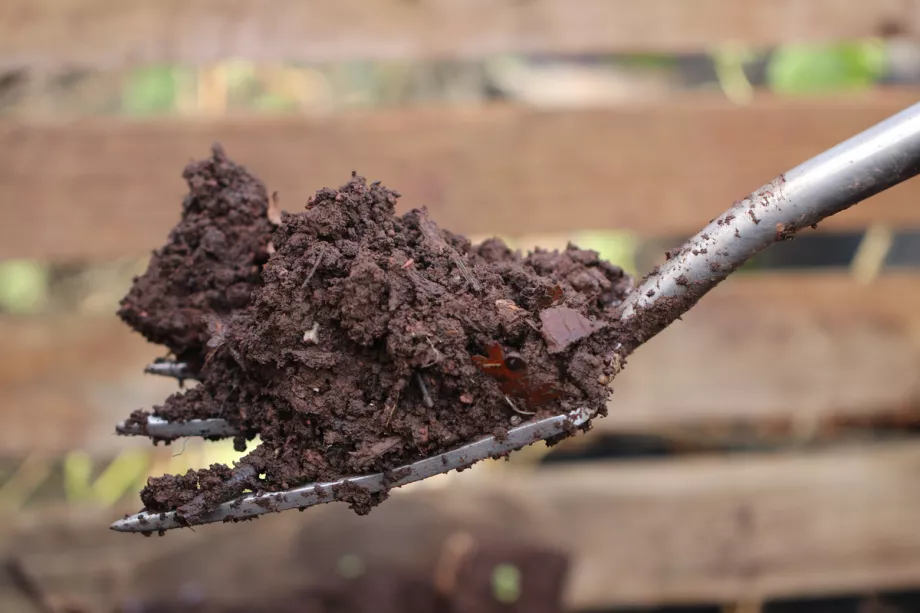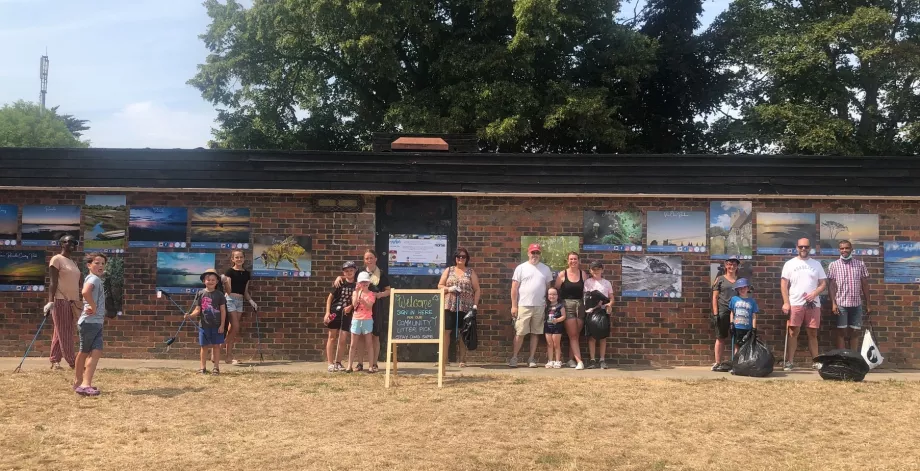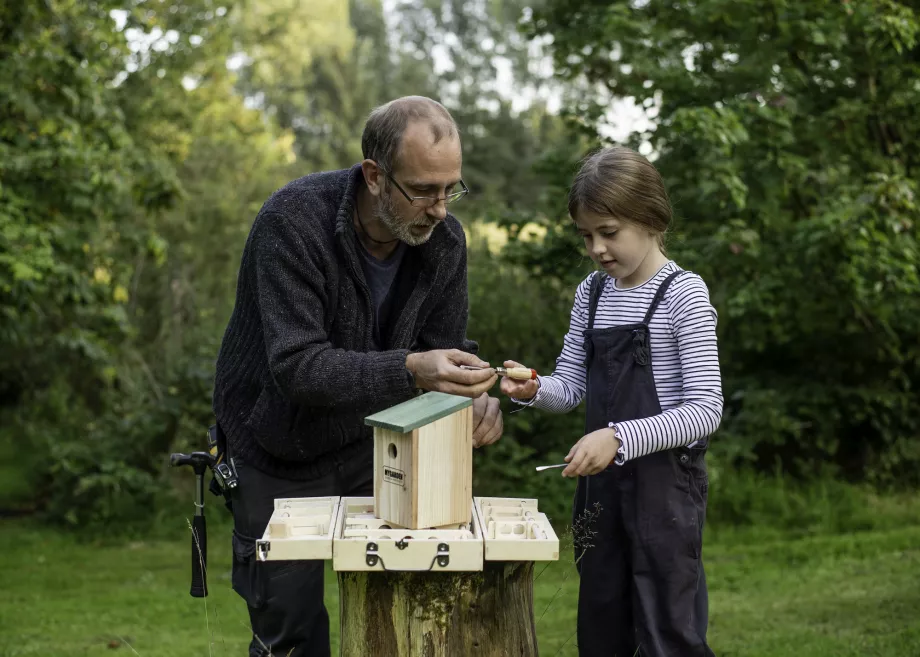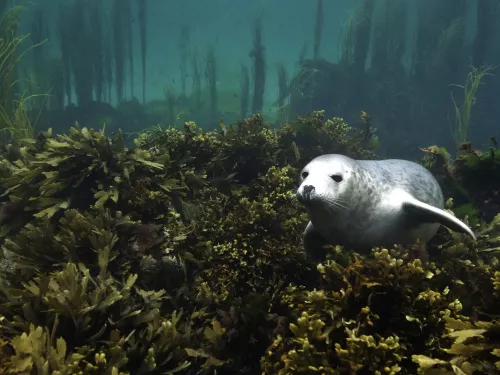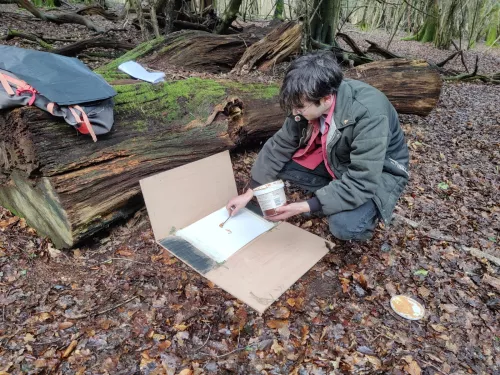Another way to rewild your school is by building birdhouses. Birds are an important part of the local ecosystem, helping to control pests, disperse seeds and pollinate plants. By providing birdhouses, you can encourage more birds to visit your school and create a safe and secure nesting site for them. To build a birdhouse, you can either purchase a pre-made birdhouse kit or build one from scratch using basic woodworking tools. Make sure to select a location for the birdhouse that is sheltered from the wind and rain and that has good access to food and water.
Providing food for birds is another important way to support wildlife and encourage biodiversity in your school grounds. To provide food for birds, start by selecting appropriate food sources. Common bird foods include seeds, nuts, fruits, and insects. Make sure to place the food sources in appropriate locations. For example, bird feeders should be placed in areas that are visible and easily accessible for birds, but also out of reach of predators.
Find out more
Rewilding your school this spring can be a rewarding and transformative experience for both your pupils and the environment. By incorporating sustainable practices and native plant species, you can create a thriving ecosystem that supports biodiversity and ecological health. Whether it's starting a composting program, creating a wildflower meadow or giving a home to birds, there are many ways to engage pupils and promote awareness and appreciation for the natural world. So why not start rewilding your school this spring and make a positive impact on the environment?
In completing many of these activities, you'll not only be helping to create a wilder school but you'll also be contributing to a Wilder Kent. You will also be qualifying your school to win a Wilder Kent Award, recognising your school for the positive action you are taking in the fight against the climate and nature crises.
Sign up for the Wilder Kent Awards today


